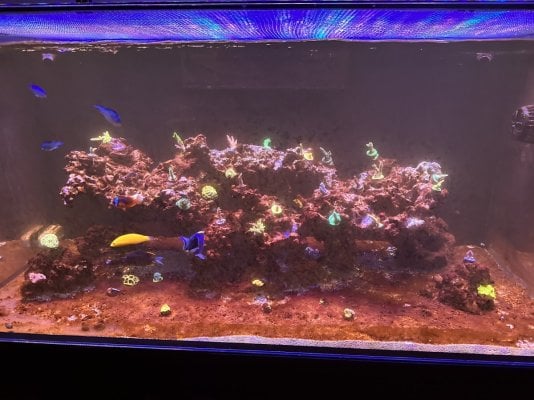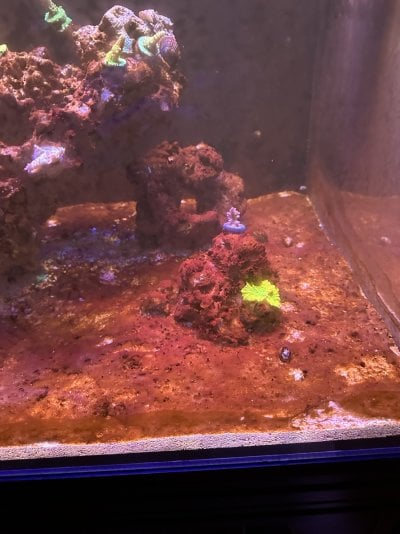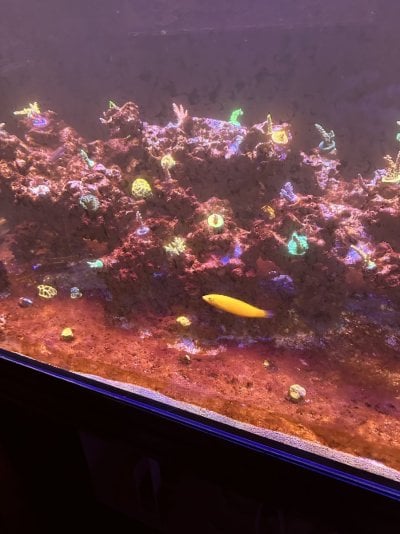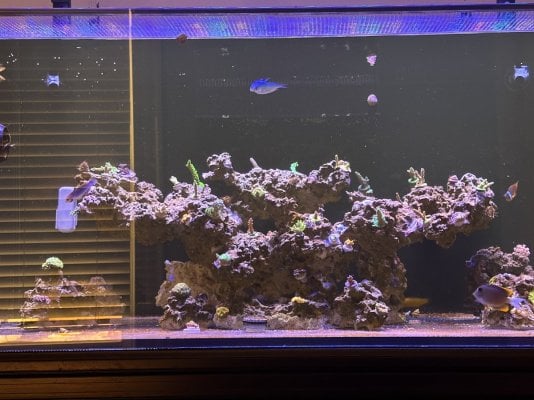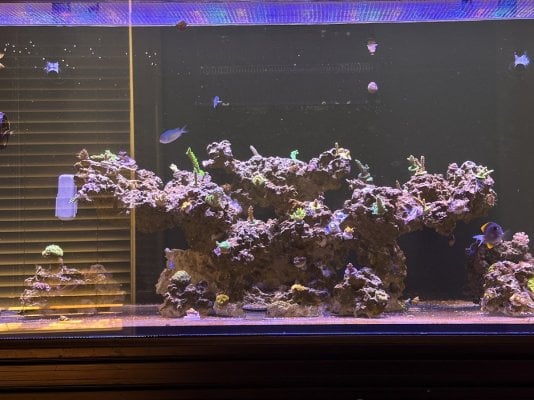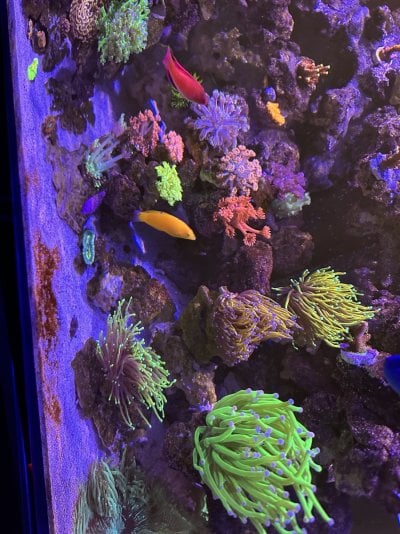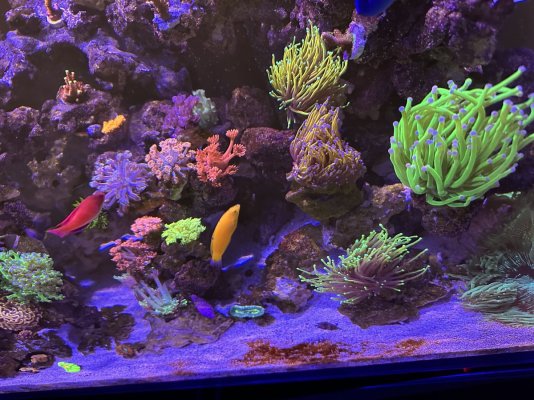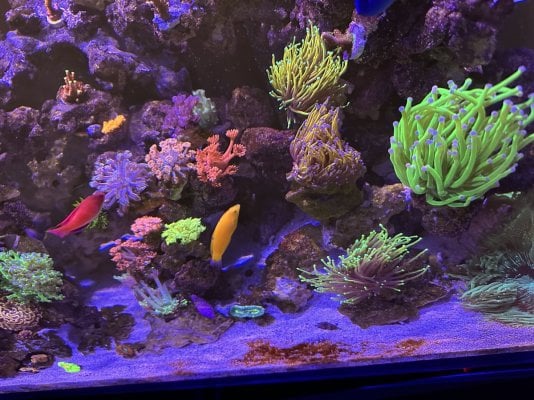That’s my story too. I removed 90% of my sand (what I could get to) when fighting small cell amphidinium. After the worst year or so of my 30 ish reefing career, my tank turned almost immediately for the better. That was about 6 years and tank is still great.
Latest FTS

Latest FTS





